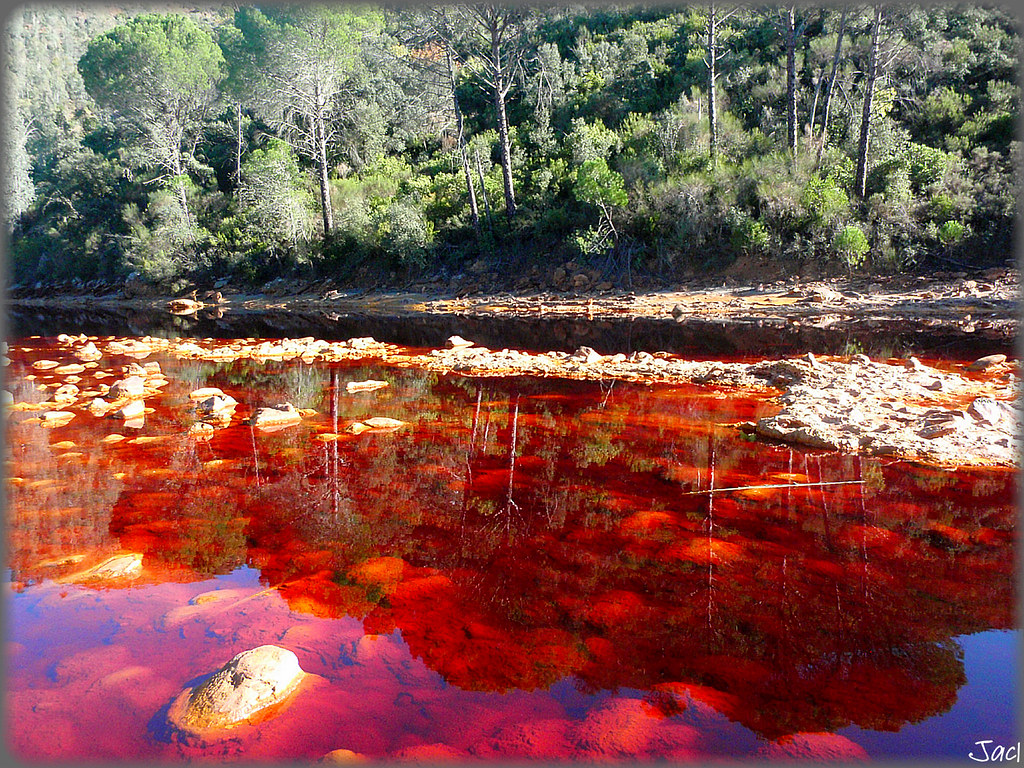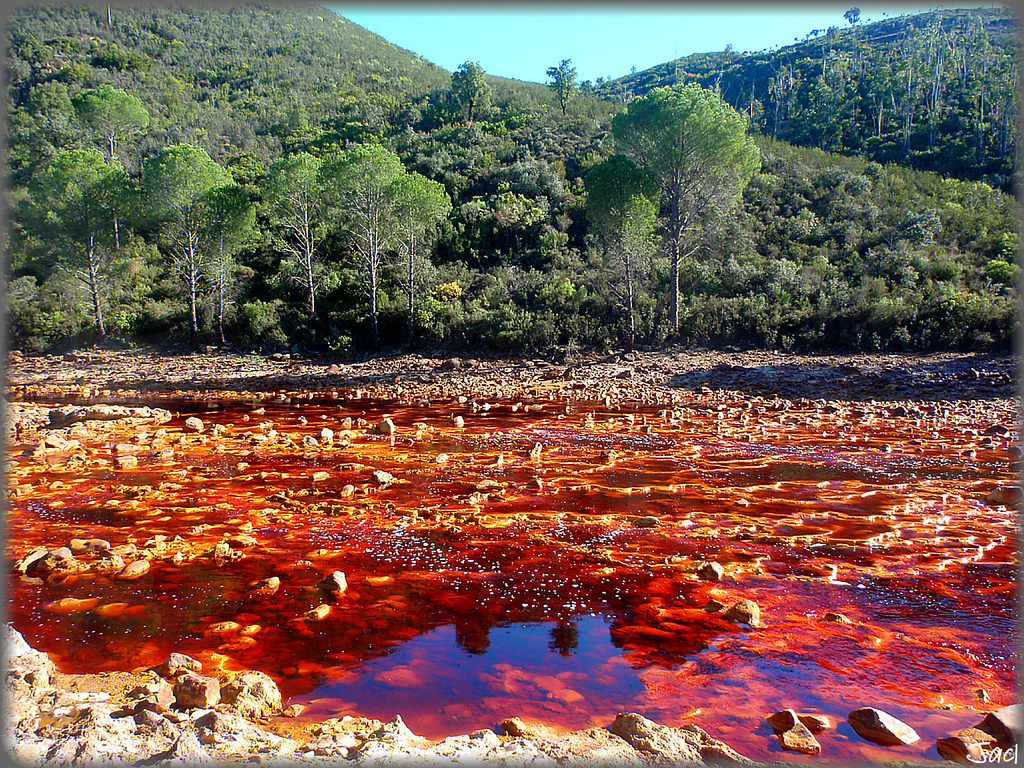Rio Tinto, a big mining company, has apologized for losing a small radioactive capsule while it was being moved around Western Australia.
Along the 1,400km (870 miles) route, an emergency search is underway for the device, which is about the size of a pea.
The capsule has a small amount of Caesium-137, which is radioactive and could make people very sick if they come into contact with it.

That could mean damage to the skin, burns, or sickness from radiation.
Emergency services are looking for devices with radiation detectors and other specialized tools. They say it’s “pretty likely” that they will find the small device.
But Australia’s Department of Fire and Emergency Services said the silver capsule, which is only 6mm (0.24 inches) in diameter and 8mm long, was so small that it could have gotten stuck in the tire of a car driving down the road.
There is also worry that if a member of the public finds it, they might keep it as a souvenir by accident.
The government is very clear that holding the capsule could cause radiation burns and that long-term exposure could lead to cancer.
The capsule might not have been found for up to two weeks.
Rio Tinto, which has a lot of mining operations in Australia and has been in a lot of trouble in recent years, said it was sorry for causing alarm.
In a statement, the company said it would start its own probe into what had happened.
The lost item is part of a density gauge, which is often used in the mining industry. It was used at the Gudai-Darri mine, which is owned by Rio Tinto and is in the remote Kimberley region.
A subcontracted company was in charge of moving the gauge. On January 12, they picked it up from the mine site and took it to a storage facility in the northeast suburbs of Perth.
When it was taken out of the box on January 25 to be checked, the gauge was broken, and the radioactive capsule was gone. One of the four screws and bolts for mounting was also missing.
The government said that the bolts might have come loose because of vibrations while the capsule was in transit. This let the capsule fall through gaps in the truck and casing.
The search path is very long. It’s about the same as driving from John O’Groats in Scotland to Land’s End in Cornwall, England, or from Washington, DC, to Orlando, Florida.
Specialized equipment for detecting radiation is being put on patrol vehicles that will go the whole way. Over the course of five days, they will drive both ways on the Great Northern Highway at about 50 km/h (30mph).
The head of Rio Tinto’s iron ore division, Simon Trott, said: “We are working closely with the contractor as part of this investigation to figure out what went wrong.
“Rio Tinto hired a third-party contractor with the right skills and credentials to safely package the device so that it could be moved off-site before it arrived at their facility in Perth.
“Before the device left the site, a Geiger counter, which can find radioactivity, was used to confirm that the capsule was inside the package,” said Mr. Trott.
State officials have put out a radiation alert for a large part of Western Australia and warned that the object could be dangerous to touch.
The chief health officer for Western Australia equated exposure to trace levels of the metal to receiving 10 X-rays in an hour and the amount of natural radiation we would get in a year simply by strolling about.
The desert is far away and has one of the fewest people in the country. Only one out of every five people in Western Australia lives outside of Perth, the capital city.
But Mr. Robertson said that if anyone did find the capsule, they shouldn’t touch it.
“If you touch it or let it get close to you, you could get skin damage, like burns. If you let it stay close to you for long enough, it could give you what’s called acute radiation sickness, which will take a while,” he said.
Rio Tinto is trying to fix its reputation in Australia after it was criticized for destroying sacred Aboriginal rock shelters in Western Australia. This incident happened at the same time.
Rio Tinto blew up the 46,000-year-old rock shelters at Juukan Gorge in 2020, so they could expand an iron ore mine. This caused a huge uproar that led to the resignation of several of the company’s top bosses.
And last year, a parliamentary inquiry found that sexual harassment was common at Australia’s mining companies. This was after an internal review at Rio Tinto found that more than 20 women had reported actual or attempted rape or sexual assault over a five-year period.












